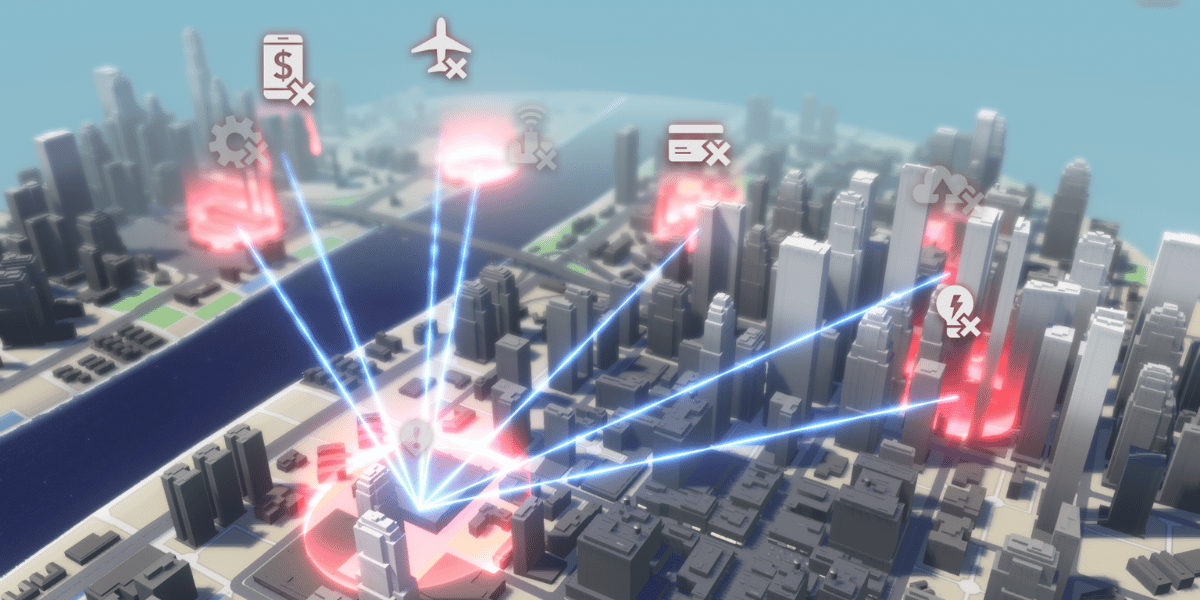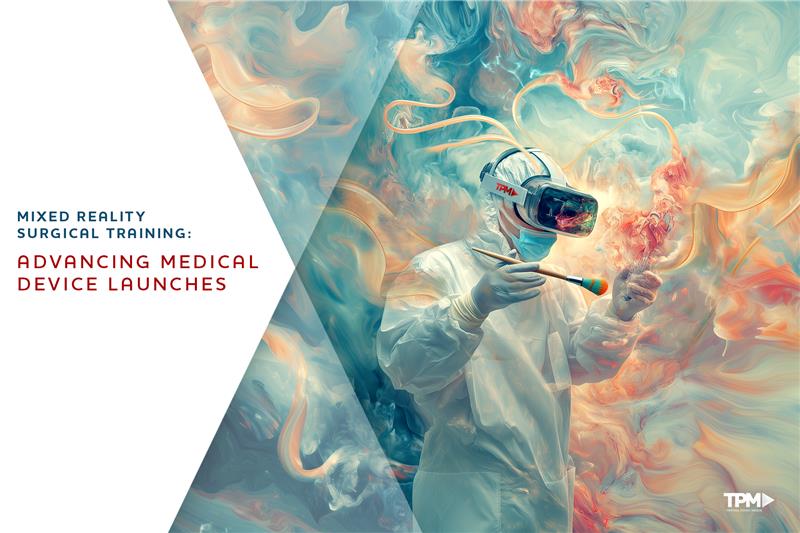Augmented Reality (AR) can be an extremely versatile tool used by many different industries to showcase information in a meaningful way. When a client approached us about showcasing urbanization and climate change through AR, we were excited to get to work. The development process.
Like many of today’s companies, our client wanted to take a stand and show themselves to be a company that was aware of global crises, like rising urbanization and changing climates, and was willing to take steps to correct these problems and improve life on Earth for everyone. Specifically, they wanted to draw awareness to the issue of unsustainable living.
Showcasing Sustainability Issues Through AR
The planet has a finite amount of people and resources. If these are not properly managed and used sustainably, we will run out before we learn to live without them, which will cause irreversible damage to the modern way of life. This set piece would allow people to see the effects of unsustainable living first-hand – not by hearing detached statistics and doomsaying, but by seeing the direct impacts these global shifts had on the lives of ordinary people living day-to-day lives in a standard American city.
The end product is a city simulation accessible in webGL (web browser) or augmented reality (AR) form, which means it can be viewed from almost any phone, tablet, or computer with access to the Internet.
Launching During a Global Pandemic
However, the project’s development coincided with the coronavirus pandemic of 2020. Rather than abandon the project, the client decided to tackle the issue head-on, redirecting efforts from an in-person experience to creating the webGL/AR versions available today. With these new platforms, visitors can now access the project virtually from anywhere at any time, broadening its reach beyond physical attendees to the innovation center.
How the Simulation Was Built
The client’s goal in developing this experience was to inspire participants to drive change in their respective fields and view them as collaboration and co-innovation partners for the future. By presenting this simulated ‘city in chaos,’ the client strove to start conversations with experts in their fields and cause them to start looking at their industries with sustainability in mind going forward.
To achieve this, Tipping Point Media designed and developed a simulated city set in the year 2030. Across the city, several ‘hot spots’ (clickable, interactive areas) denote areas where the city infrastructure is failing or about to fail. These ‘hot spots’ show how urbanization and unsustainable living can deteriorate over time and how these can affect citizens living in these unsustainable conditions.
The experience features three scenarios, each focused on a different aspect of infrastructure and development and how planning and innovation will affect these areas: water treatment, housing and preparing for natural disasters, and 5G connectivity. In addition, the experience teaches users about urbanization, including what it is, six different trends to follow, and how participants can plan for the future with increased urbanization in mind.
The experience also highlights several of the United Nations’ Sustainable Development Goals, creating another point of discussion between client representatives and participants of the experience.
The goal of creating the simulated city was to find real-world crises that are happening today and project them outwards to a logical, yet still concerning conclusion. The client’s researchers, alongside Tipping Point Media’s storytellers and instructional designers, worked together to find current issues with urbanization and unsustainable living and then built outwards to create the ‘city in chaos’, showing worst-case scenarios for citizens of the city if these issues continue to go ignored and unaddressed for the next decade of time.
For example, one of the experience sections focuses on climate change and the increasing trend of extreme weather. Many cities are not built for the ‘once in a hundred years’ storms, droughts, heat waves, and blizzards that have increased frequency as time passes and climate change goes unaddressed. In the simulation, the city is struck by a massive thunderstorm that pours rain for several days.
Because the city is not built with green, absorbent infrastructures designed to deal with excessive rain, storm drains are overrun, and the streets are flooded. This, in turn, causes mass displacement of citizens as low-lying residential buildings not built with stormproof materials are flooded, damaged beyond repair, and condemned. Those who can stay in their homes experience increased health issues as the wet weather, paired with untreated building materials in their homes, causes an outbreak of mold and mold-related respiratory issues.
The simulation takes many steps to focus on the real-world effects on the average citizen. Large statistics and complicated science jargon are detached and difficult to understand. Seeing the events unfold through the eyes of the citizens, people forced to live through these events and suffer the consequences of unsustainability, immediately adds a layer of immersion and relatability.
This was achieved by creating fictional breaking news segments, podcasts, Twitter feeds, Instagram posts, and group texts to create a fully immersive experience for anyone using the simulation.
The Results of the Project
Simple, relatable communication is key. People will not take action if problems are presented as too big, too distant, or too detached.
Presenting the raw number of houses that are condemned due to irreparable flood damage does not inspire change the same way that hearing a heartbroken woman talk about losing her home through no fault of her own does. Creating empathy and putting real faces, names, and voices to larger problems makes them relatable – makes them feel ‘real,’ like something that is actually happening versus something that might happen.
The problems of tomorrow are solved with investments made today; by the time problems arrive, it is often too late to correct them without drastic measures. Through this experience and others like it, the client hoped to inspire audiences to make those investments now so that no one is forced to experience the ‘if only’ when—and it is a ‘when’—unsustainability runs its course, and those who did not adapt must pay the price.
Creating AR Experiences to Make a Better Tomorrow
Tipping Point Media is committed to telling meaningful stories that matter. Whether you are trying to let your staff experience a day in the life of their patients through Patient Journey simulations, showcasing your product to a new audience, or teaching the next generation of healthcare providers, we are here for you. Contact us today for a demo of whatever your next project could be.


![How Augmented Reality Packaging Is Transforming Pharma Sales [2025 Guide]](https://tipmedia.com/wp-content/uploads/2024/10/blog-ARpackaging-2.jpg)
